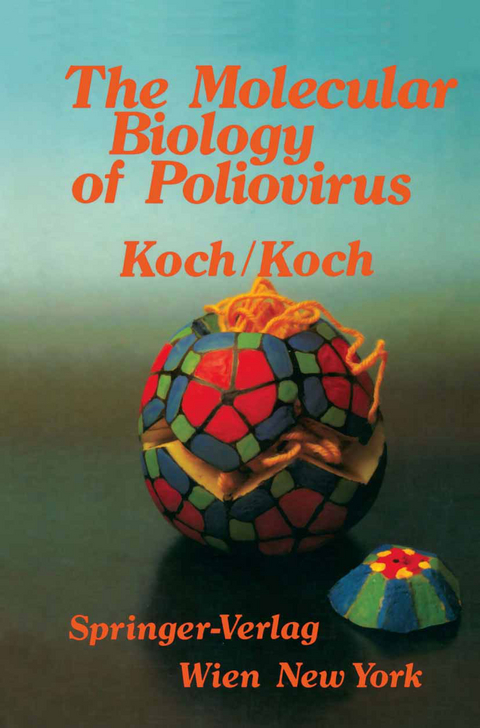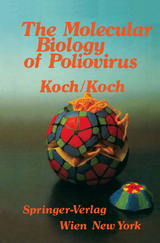The Molecular Biology of Poliovirus
Springer Wien (Verlag)
978-3-211-81763-6 (ISBN)
I: The Poliovirus.- 1. History.- 2. Classification.- 3. Composition and Structure of the Virion.- 4. Structure and Function of the Genome.- II: The Replication of Poliovirus.- 5. Introduction.- 6. Morphological Alterations of the Host Cell as an Essential Basis for Poliovirus Replication.- 7. Early Interactions of Virus and Host Cell.- 8. Translation of the Viral Genome.- 9. Replication of the Viral RNA.- 10. Assembly of the Virion.- 11. Conclusions.- Appendix I: Laboratories Engaged in Poliovirus Research.- Appendix II: Poliovirus Models.- A. A Paper Model of a Prototype Picornavirus.- B. The Apple Model of Poliovirus.- Appendix III: The Geometry of Isometric Polyhedra.- A. The Platonic Polyhedra.- a) Models.- b) Characteristics.- c) Duality.- d) The Golden Proportion.- e) Geometric Restriction of the Maximal Number of Subunits.- B. Other Icosahedron-Related Polyhedra.- a) Characteristics.- b) The Triangulation-Number-Classification of Icosahedral Lattices.- Appendix IV: Complete Nucleotide and Amino Acid Sequences of Poliovirus Type 1, 2 and 3.- References.
| Erscheint lt. Verlag | 14.6.1985 |
|---|---|
| Zusatzinfo | XVI, 590 p. |
| Verlagsort | Vienna |
| Sprache | englisch |
| Maße | 170 x 244 mm |
| Gewicht | 1446 g |
| Themenwelt | Naturwissenschaften ► Biologie ► Biochemie |
| Naturwissenschaften ► Biologie ► Mikrobiologie / Immunologie | |
| Naturwissenschaften ► Biologie ► Zellbiologie | |
| Schlagworte | Biology • Capping • electron microscopy • Elongation • genes • Kinderlähmung • Lipid • membrane potential • Molekularbiologie • Nucleotide • RNA • RNA-Polymerase • Secondary structure • termination • Translation • tRNA • Virology • Virus |
| ISBN-10 | 3-211-81763-8 / 3211817638 |
| ISBN-13 | 978-3-211-81763-6 / 9783211817636 |
| Zustand | Neuware |
| Informationen gemäß Produktsicherheitsverordnung (GPSR) | |
| Haben Sie eine Frage zum Produkt? |
aus dem Bereich




